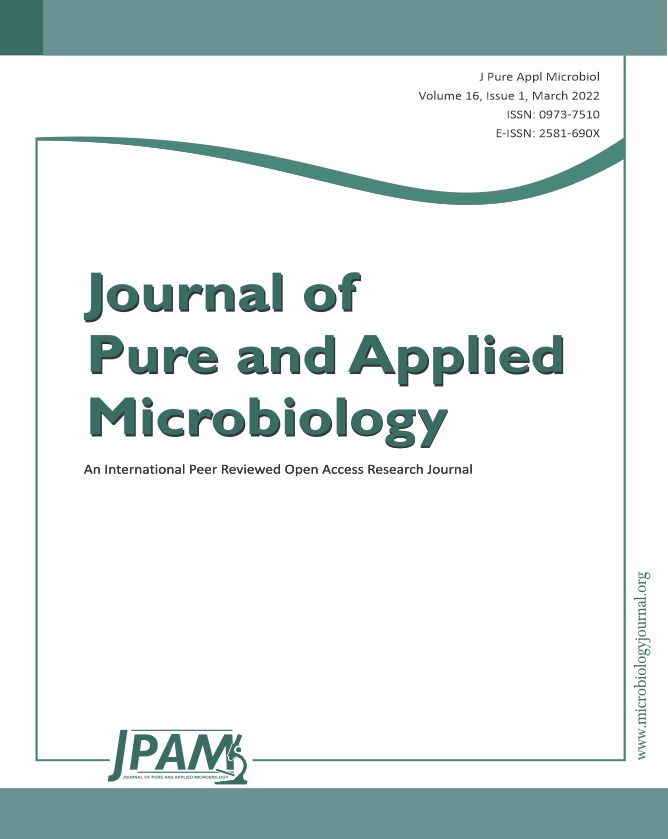The ongoing coronavirus disease 2019 (COVID-19) pandemic, putatively caused by the widespread transmission of severe acute respiratory syndrome coronavirus 2 (SARS-CoV-2), has resulted in significant mortality worldwide. The highly varied epidemiology of the disease both temporally and geographically has garnered much attention. The present study aimed to gain a deeper understanding of the varied geospatial disease epidemiology during the first wave of the pandemic. The highly mutable spike (S) protein, which confers fitness to SARS-CoV-2 for its survival and spread was studied using representative sequences determined from the initial phase of the pandemic. Adaptive evolution and selection pressure analysis of 311 whole-genome sequences from across the world including Asia (n=105), Europe (n=101), and the United States (n=105) was performed. A high selection pressure at position 614 of the S protein with a dN/dS (non-synonymous/synonymous substitutions per site) ratio of 124.3 for Asia and 867.9 was predicted for Europe. This positively selected site (i.e. 614) was located in the S1 domain (amino acids 14-680), which acts in binding to the angiotensin-converting co-enzyme 2 (ACE2) receptor. The US strains did not exhibit significant positive selection at position 614. In addition, 10 sites (144, 241, 255, 262, 263, 276, 439,517, 528, and 557) in domain 1 and 19 sites (692, 709, 723, 752, 862, 864, 877, 892, 939, 951, 1015, 1060, 1076, 1114, 1116, 1128, 1176, 1235 and 1240) in domain 2 of the S protein mediating viral entry into host cells, exhibited significant negative selection among European strains of (SARS-CoV-2), however, no negative selection was observed in the Asian and US groups. The D614G spike protein variant has been correlated with fatal outcomes in European population and countries including Italy, France, Belgium, and Spain. D614G variants under high selective pressure in the Asian and European strains were also observed. In addition, the presence of 29 negatively selected codon sites under low selection pressure in the European group may imply improved viral fitness compared with strains circulating in other continents. In conclusion, selective pressure on the S protein, with maximum substitution rate, may have facilitated adaptive evolution of the virus and contributed to the worldwide spread of the virus.
COVID-19, D614G, Evolution, Positive pressure, SARS-CoV-2, Spike protein
© The Author(s) 2022. Open Access. This article is distributed under the terms of the Creative Commons Attribution 4.0 International License which permits unrestricted use, sharing, distribution, and reproduction in any medium, provided you give appropriate credit to the original author(s) and the source, provide a link to the Creative Commons license, and indicate if changes were made.


